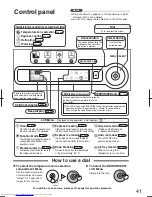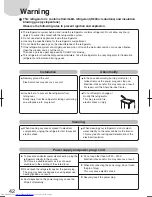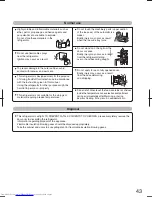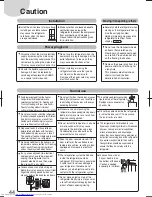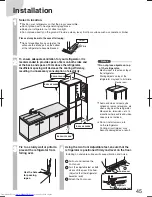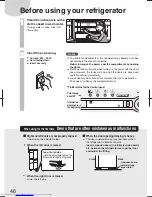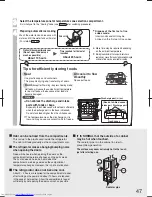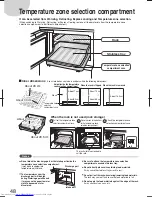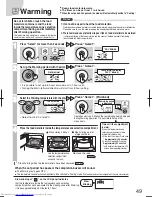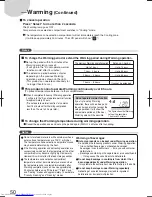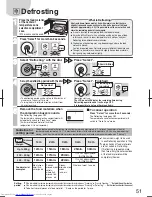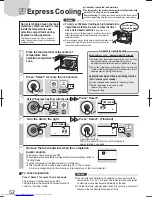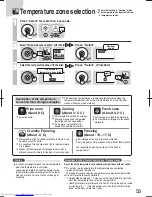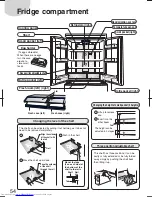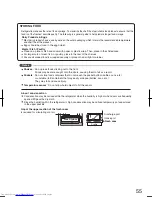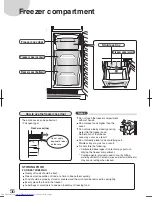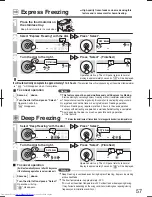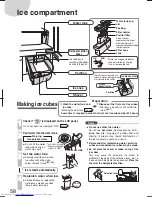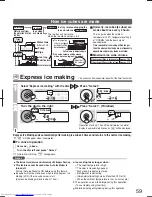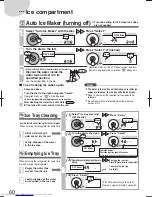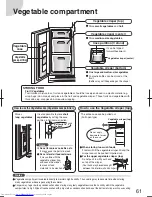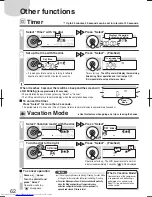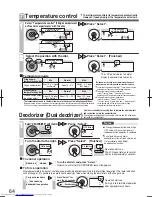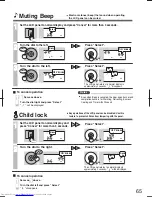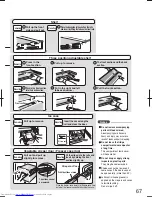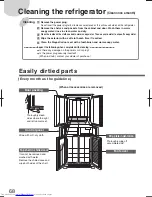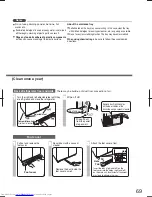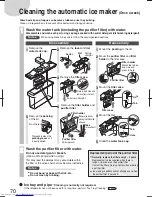
STORING FOOD
Refrigeration reduces the rate of food spoilage. To maximize the shelf life of perishable food products, ensure that the
food is of the freshest possible quality. The following is a general guide to help promote longer food storage.
Dairy Products & Eggs
Most dairy products have a use by date on the outer packaging which informs the recommended temperature
and shelf life of the product.
Eggs should be stored in the egg holder.
Meats / Fish / Poultry
Place on a plate or dish and cover with paper or plastic wrap. Then, place in the chilled case.
For larger cuts of meat, fish, or poultry, place to the rear of the shelves.
Ensure all cooked food is wrapped securely or placed in an airtight container.
Shelves
…Do no place foods sticking out to the front.
Foods may become caught onto the doors, causing them to fall as a result.
Condensation may be noticed within the refrigerator when the humidity is high or when doors are frequently
opened. Wipe with a dry cloth.
Since the humidity within the refrigerator is high, condensation may be noticed temporarily on foods stored
in the upper pockets.
About condensation
Gap at the upper section of the fresh room
is required for circulating cool air.
55
Cool air
Intake port
Discharge port
Profile
Fresh case
Fresh room
Pockets
…Do not store food containers that do not reach the pocket bottom (bottles, cans, etc.)
or unstable (tall) containers that may easily collapse (bottles, cans, etc.).
They may fall and cause injury.
Notes
Temperature sensor
…Do not allow hard objects to hit the sensor.
Summary of Contents for SJ-H511K-T
Page 38: ......

